One of the more exciting aspects of home development is the ability to produce black & white slides. While these days this is more of a novelty, it is something that adds a punch to your black & white negative films. But it’s something that isn’t well known. Sure we had Dr.5 until recently, Foma has a reversal kit (which I hope to find and review), and even Kodak produced a TMax reversal kit. But Kodak no longer makes it there, and Dr.5 is shutting down due to increased costs, but not before letting the world know about their process. And it’s right in Adox’s wheelhouse to step into that gap! And sure, it is a bit anxiety-producing in the process, but it is worth the final results.
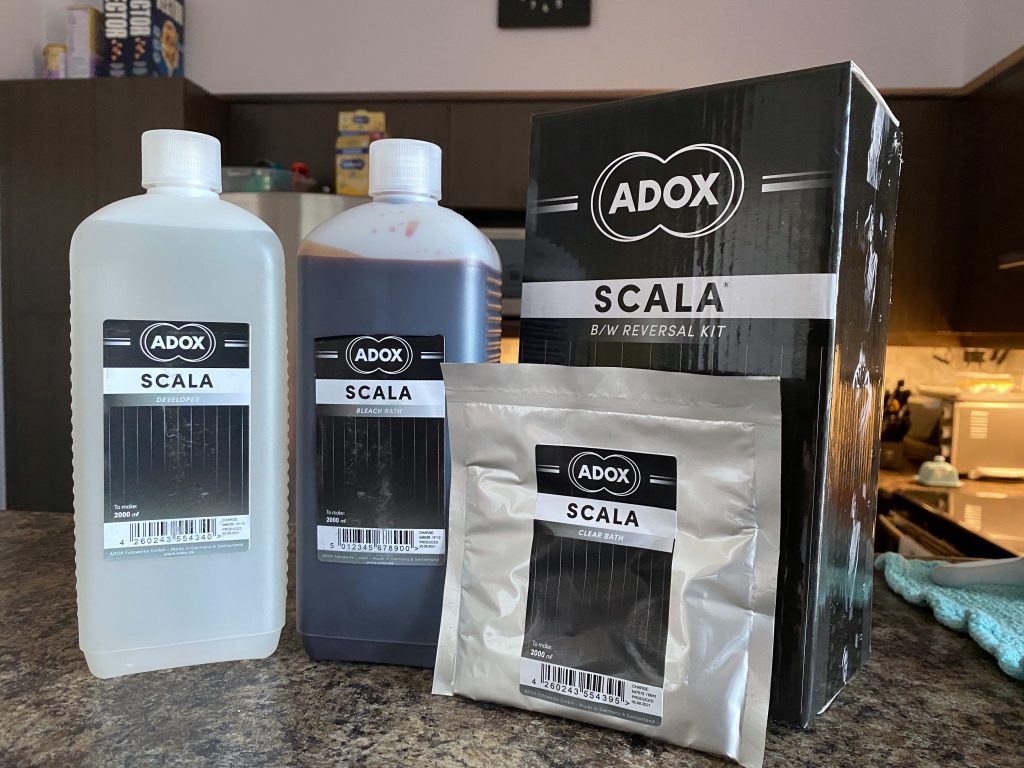
Technical Details
Manufacturer: Adox
Name: Scala Developer
Primary Developer: Hydroquinone
Type: One Shot (Developer), Reusable (Bleach & Clear)
Mix From: Liquid (Developer and Bleach), Clear (Powder)
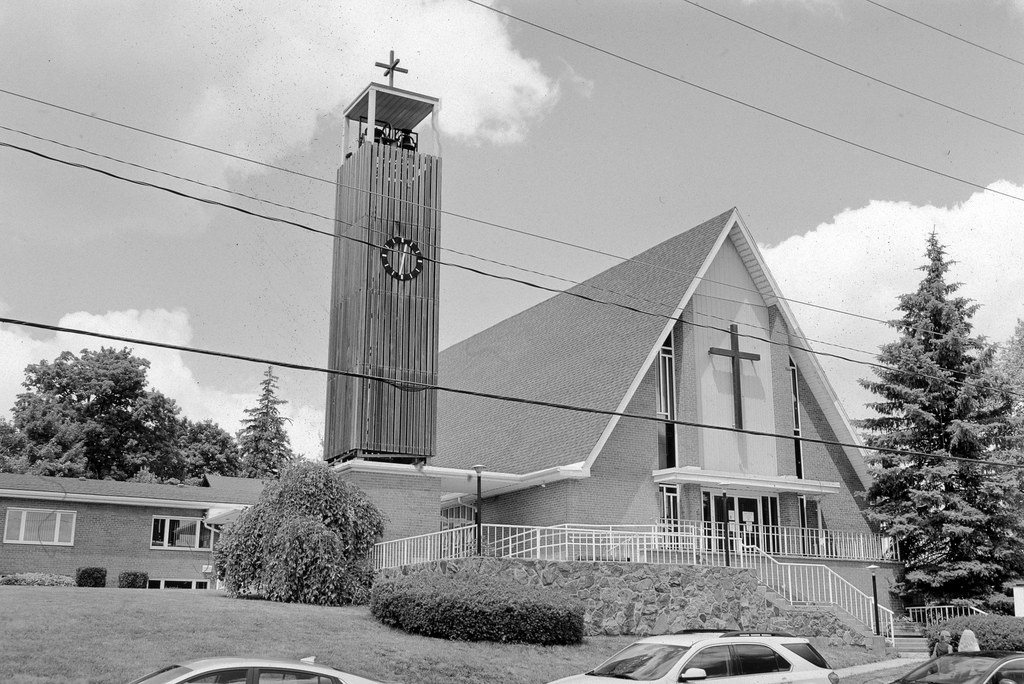
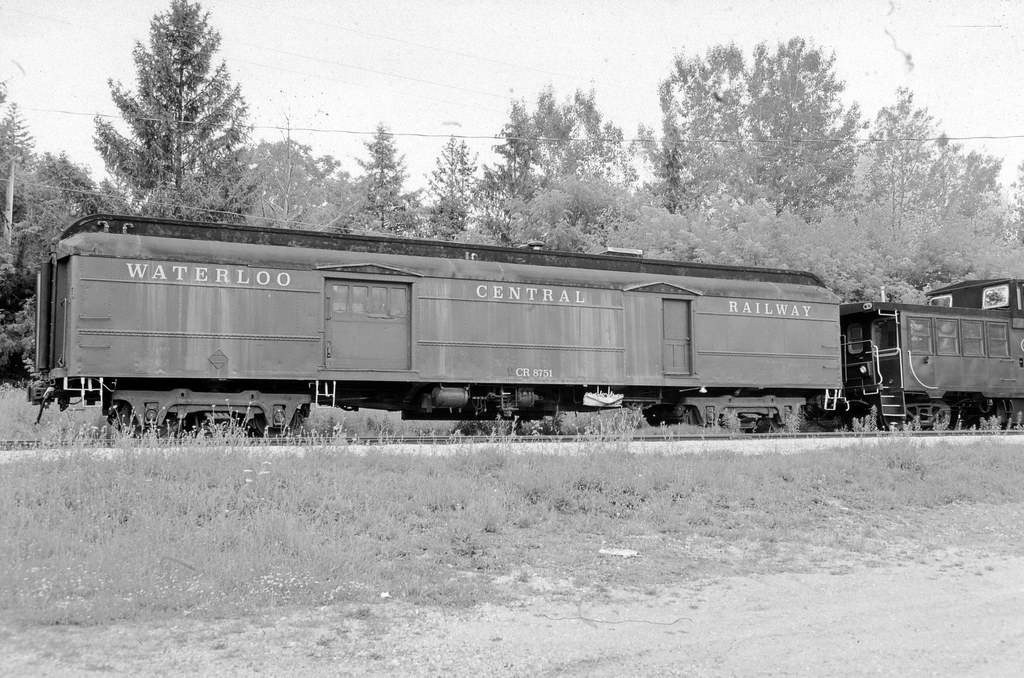


Handling
Unlike other developers I’ve reviewed, the Adox Scala Developer is a complete kit, it comes with everything you need to produce black & white reversal images, and you don’t have to add anything in from your other stores, except for water. The first thing you need to mix up before starting the development is clear; this comes in a pouch and is mixed with powder. There’s enough to mix 2L of clear; add the entire pouch contents to 1L of water (20C), and then stir the volume up to 2L. Mix half the package with 500mL of water and then makeup to 1L. If you are splitting the clear, use a kitchen or diet scale to get an exact half and store the rest of the powder in a sealed bag. The developer and bleach are each mixed from a liquid, mixing 1+1 with water. From there, you run through the steps as laid out in the document found in the box. However, I found that the document on the Fotoimpex site is a bit more detailed. The developer and bleach mix are used one-shot, but you will use the same developer twice, so make sure to save the developer after the initial development cycle. The clear is reusable for up to eight rolls of film total (4 per litre). It is also important to wash the film under running water between each step; I went with 3 minutes between the first developer and the bleach, then four minutes between the bleach and the clear; a good rule is to ensure the water runs clear. After the first three cycles and another three-minute rinse comes the terrifying bit. You have to re-expose the film to light, two minutes per side, a total of four minutes under artificial light. Don’t use natural sunlight; it is also advised to have the film in a clear water-filled container. Once done, run it through the developer again, reusing the developer from the first cycle. I split the rolls over two days, and on the second day, I had a much better idea of how to work the developing process, and the second day’s images turned out far better than day one’s. You can run the film through a fixer, but use Ilford Rapid fix using the 1+9 dilution for a short time (2-3 minutes). Any stronger or longer, and you’ll start to see emulsion peeling. And it would be best if you were careful with the film when it is still wet, as you can see some emulsion peeling, usually around the sprocket holes; let the film hang to dry for a good twelve hours before scanning. Then run through a final wash, and you have black & white slides. Don’t try and run single rolls through your developing cycles. Try double up to get the most economy out of your developer and beach, as you cannot purchase these outside the kit.
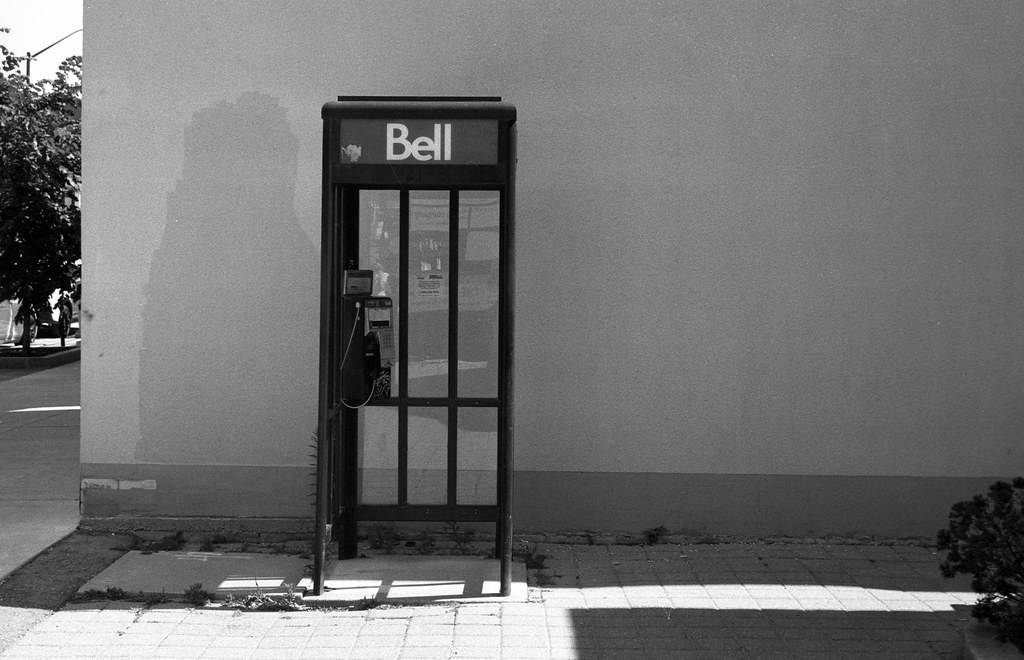
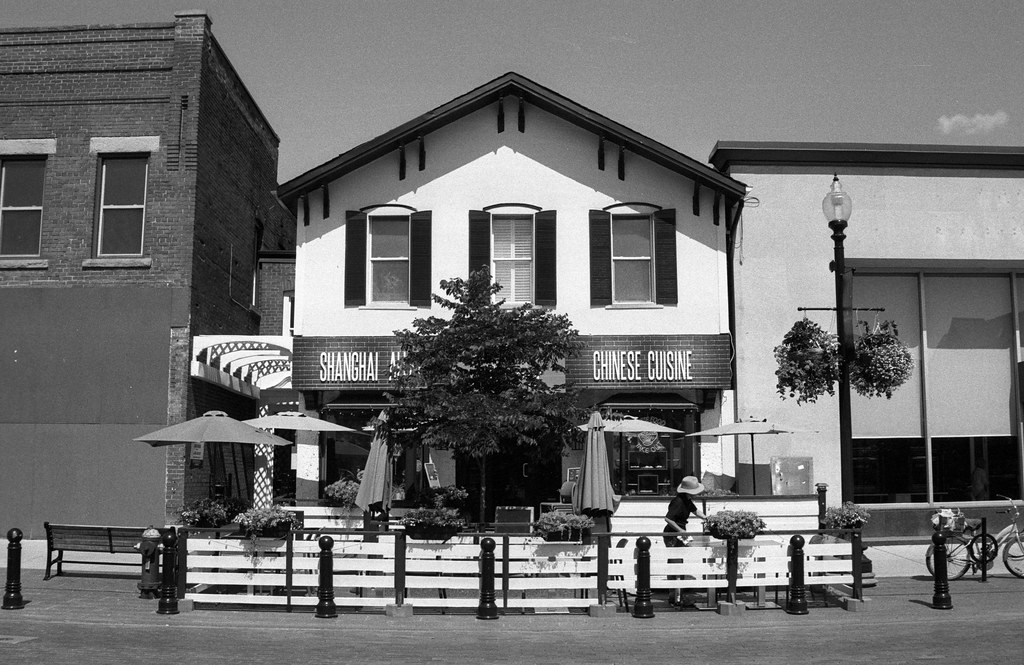
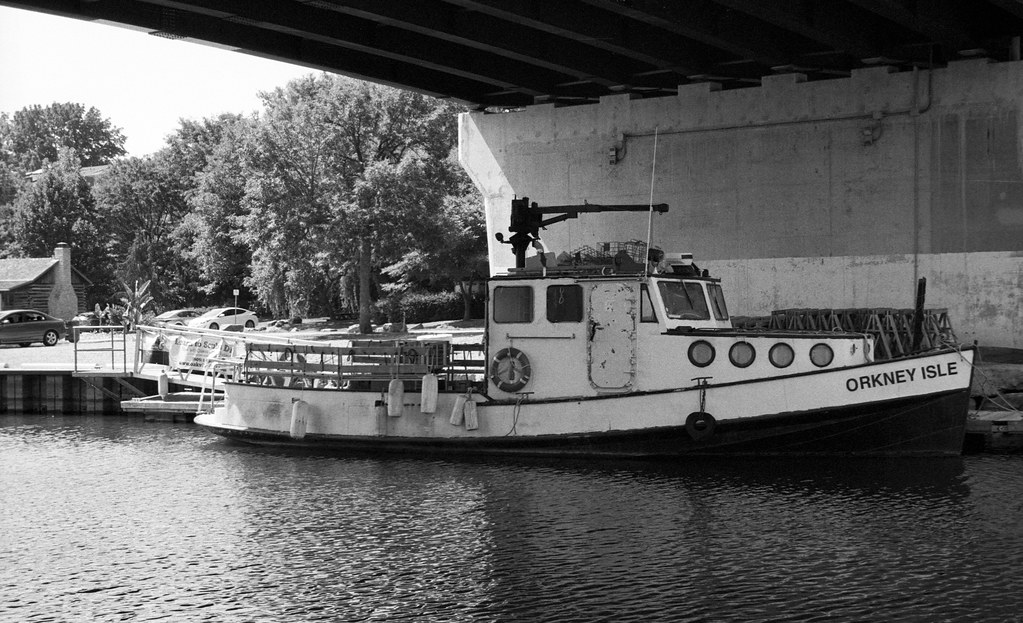

Applications
As the name on the tin says, Scala Developer is used for creating black & white slides. There currently is only one dedicated black & white slide film, Fomapan 100R (I’m not sure if this differs from regular Fomapan 100). Of course, the most iconic is Agfa Scala 200x. But this is the brilliance of the kit; it can take most black & white negative films and turn them into slides. The two ‘Scala’ films from Adox, Scala 50 and Scala 160, are based on existing black & white negative stocks, HR-50 and Silvermax, respectively. However, the discontinuation of Silvermax leaves only Scala 50 (HR-50). The one film that I think should be avoided is Fujifilm Acros II; it is also avoided by Dr.5. But almost any other film will work, but the best ones are those with a clear base, Adox CMS 20 II and CHS 100 II are also good candidates. Any film with a clear base will work well, but you can run other films through the process with excellent results. But here lies the rub; there are only a few development times so it can be hit and miss. The datasheet for the developing kit lists times for Scala 50, 160, and CMS 20 II. Thankfully I got time from my good friend Bill Manning for Eastman Double-X (it shouldn’t surprise you that a motion picture film works well as a positive). The CHS 100 II time is based on the Scala 160 time using a 5% reduction. And the RPX 25 time is based on a 10% reduction in time from the Scala 50 time because both Scala 50 and HR-50 have the same root film stock. The stab in the dark was HP5+, but I looked at the Dr5 process and gave it a shot using times for Clayton F76+, and with a bit of work, I got good results. And while there are no listed times for Scala 200x, Adox reports that they get excellent results using their kit with the legendary Agfa film. Another warning is that when working with 120 films, there is often a strengthening layer on the film that comes off in a gummy mess; Bill noted this on CineStill BwXX (Eastman Double-X) in medium format, and I found the same sticky mess with Ilford HP5+. Thankfully in both cases, it did not affect the film’s development.



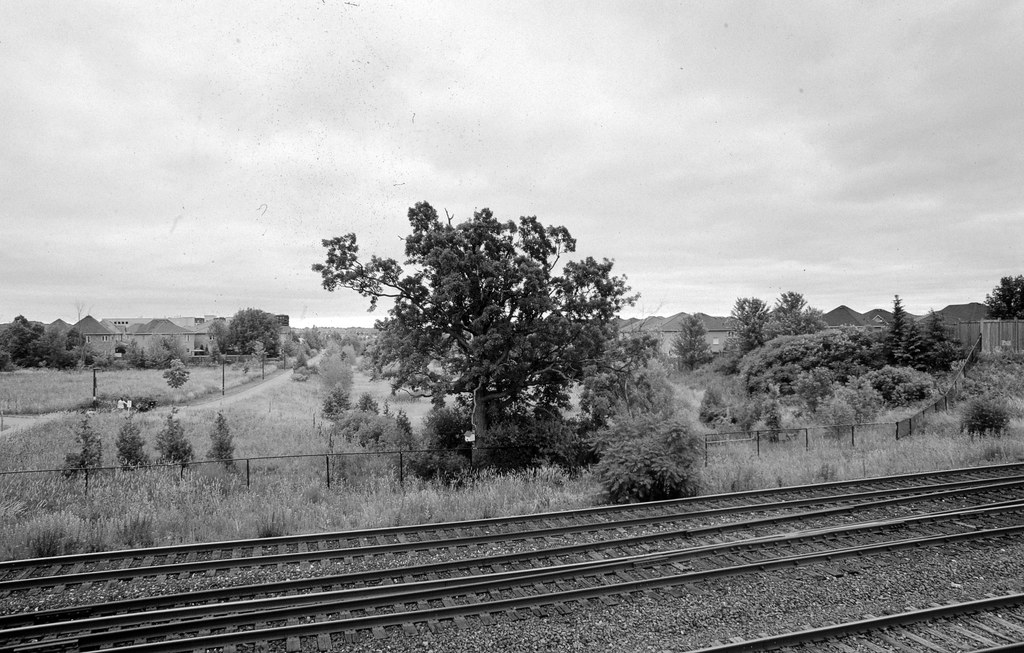
Qualities
Probably what surprised me was how nice these images looked right off the bat. Seeing exactly how the final image will look by simply holding the strips up to the light is something I had never experienced before with my black & white photos. But you have to be careful with how you develop the film. Treat this process like you would colour processing. While you have a bit more wiggle room than your average C-41 or E-6 home process, there is not a wide margin for error. And any mistake can result in terrible results. The developer is reasonably primary; a single developer formula and hydroquinone can produce superb results. The images are sharp while staying fine-grained, especially with a fine-grained film like Scala 50 and RPX 25. But what makes these images exceptional is the tonal separation and good contrast. The blacks are deep and rich, while the highlights are bright and superb mid-tones. Of course, this is only when you develop the film right, the bleaching stage is vital and watch those times when you’re using constant agitation on a rotating base (Jobo, AuRA, and B’s Processor).
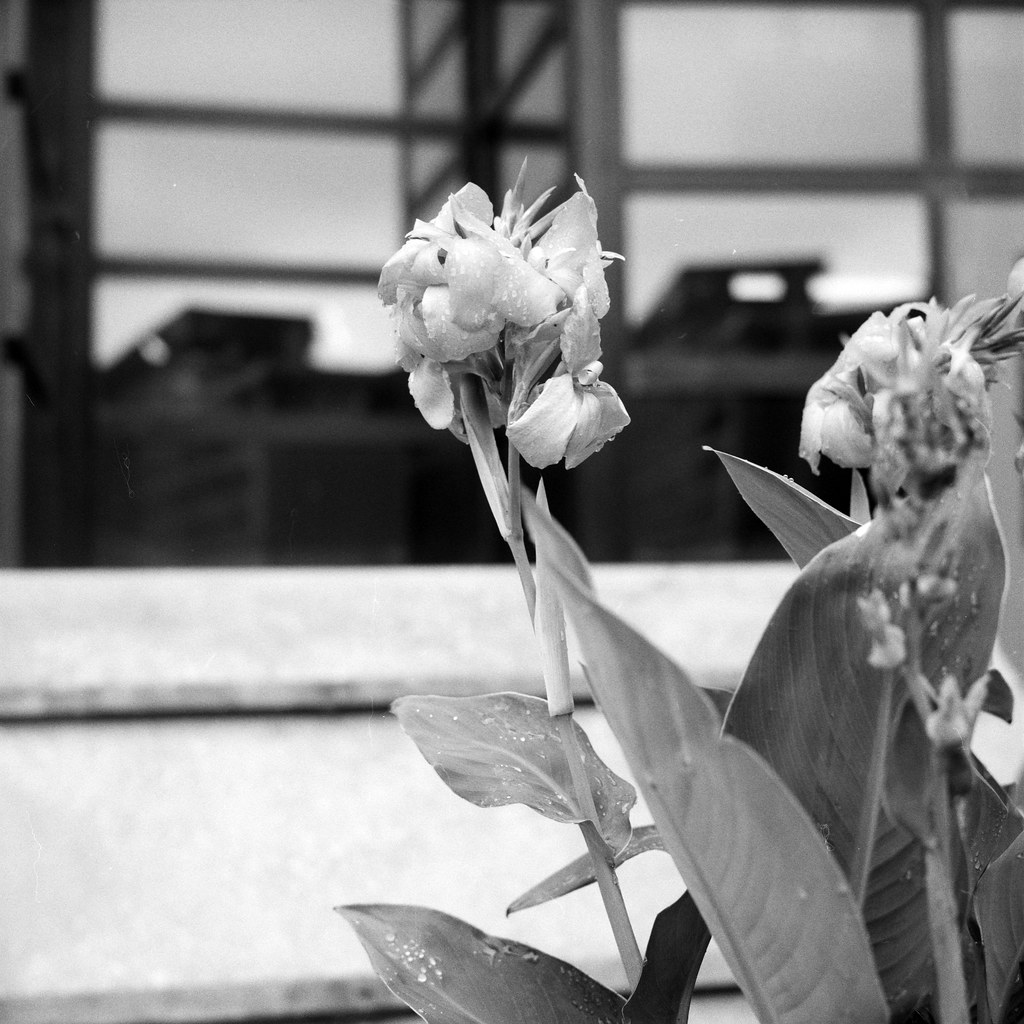

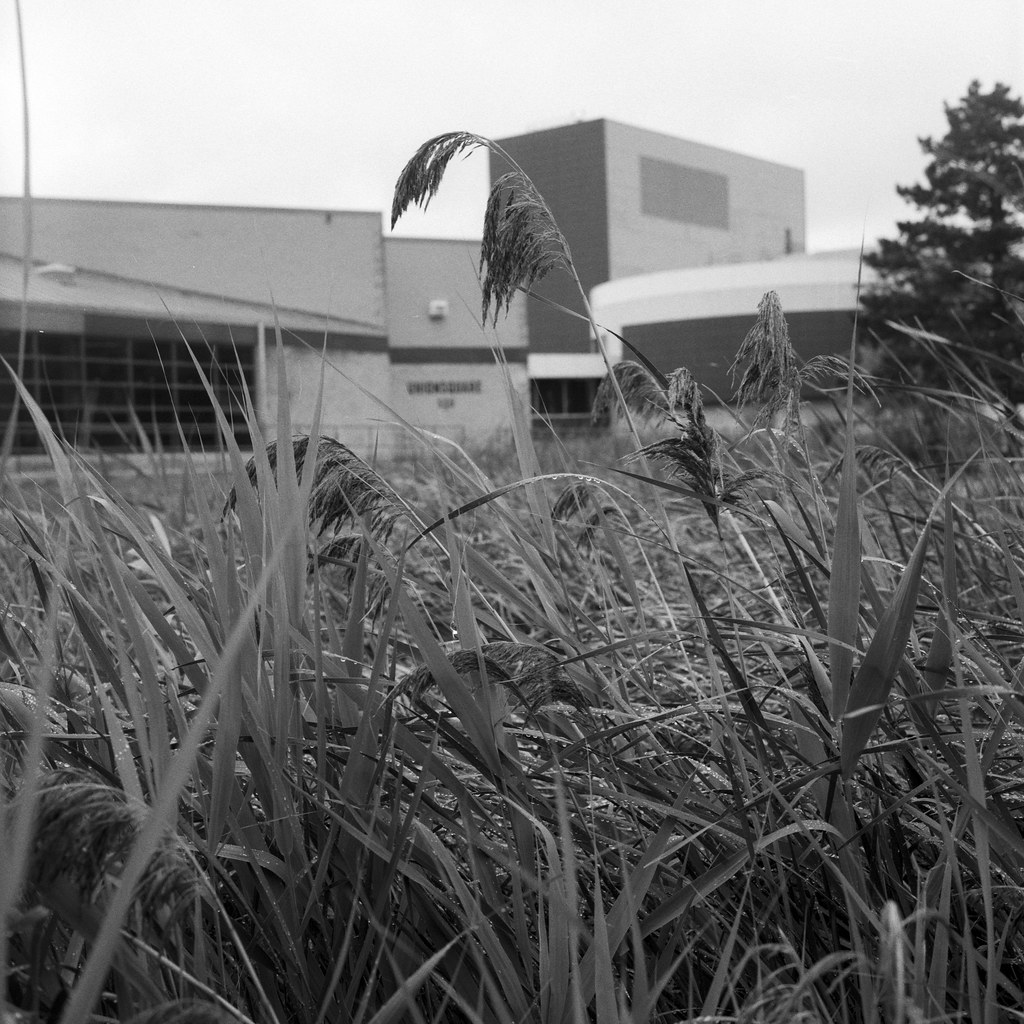
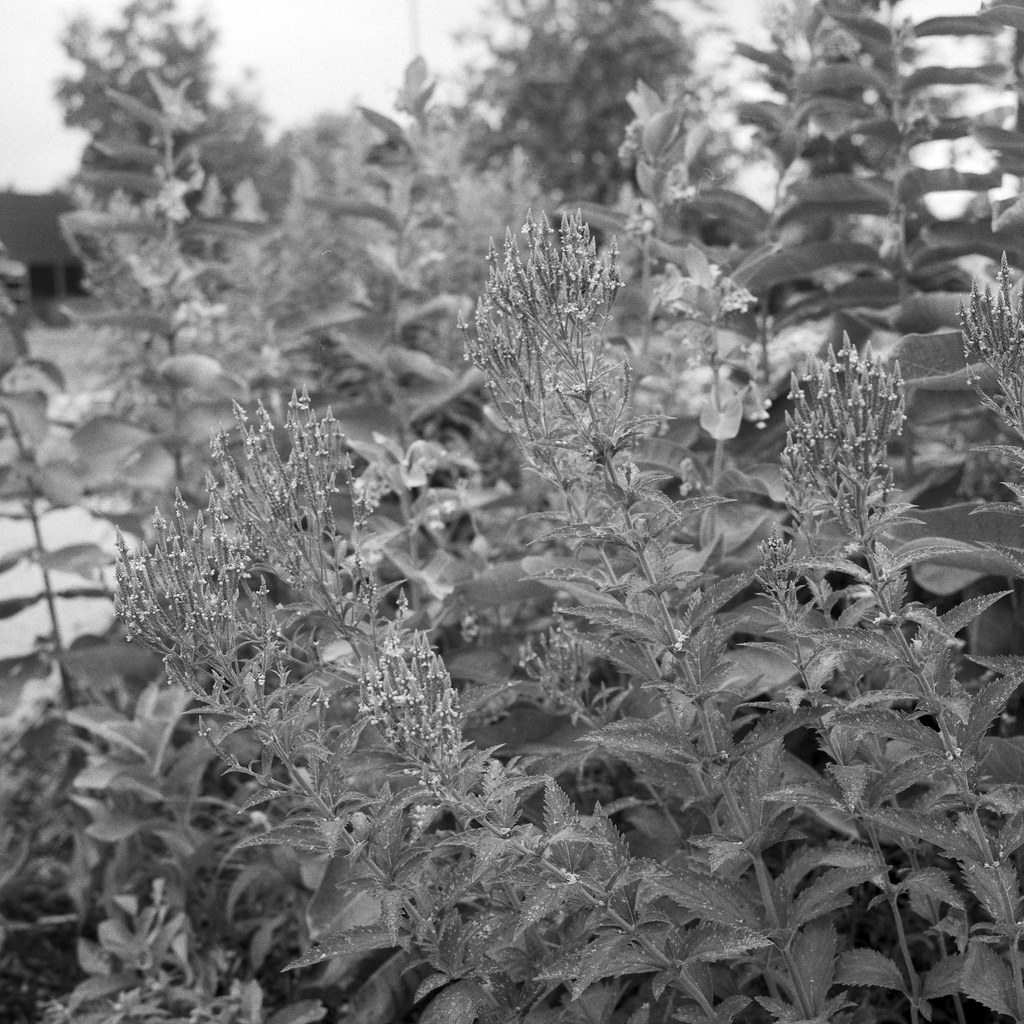
Lowdown
Working with Scala developer scared the living daylights out of me for several reasons. The first is that you have to reexpose the film to light, which is a significant shift in your thinking, and second there is little in the way of resources for this developer, especially on times for films outside the listed times. Although approachable, the Scala kit is not for the faint of heart and takes longer than your average black & white negative development kit. Thankfully, Adox and Lina Bessonova have excellent online tutorials that helped with the process. Especially when you expose the film to light for a second time. Will I use it again? Probably not; Scala developer is challenging to work with and is a costly endeavour. Plus, there’s the matter of picking it up; despite being safe to ship, only a handful of retailers in North America carry the product. Argentix.ca and Studio Argentique carry the developer here in Canada, allowing faster shipping than Fotoimpex. If you’re in the United States, you can purchase the kit through Freestyle Photographic, but a note to Canadian shoppers, they will not ship the kit to Canada. You can pick up the developer from Fotoimpex, but it could take 1-2 months to get it across the ocean. But the one thing that Scala Developer adds is a third option for home B&W reversal, next to the recently published Dr.5 process and Foma’s reversal process. And fills a gap left by the discontinued TMax Reversal development. And a bonus, this kit helps clean your plastic reels, thanks to that bleach stage!
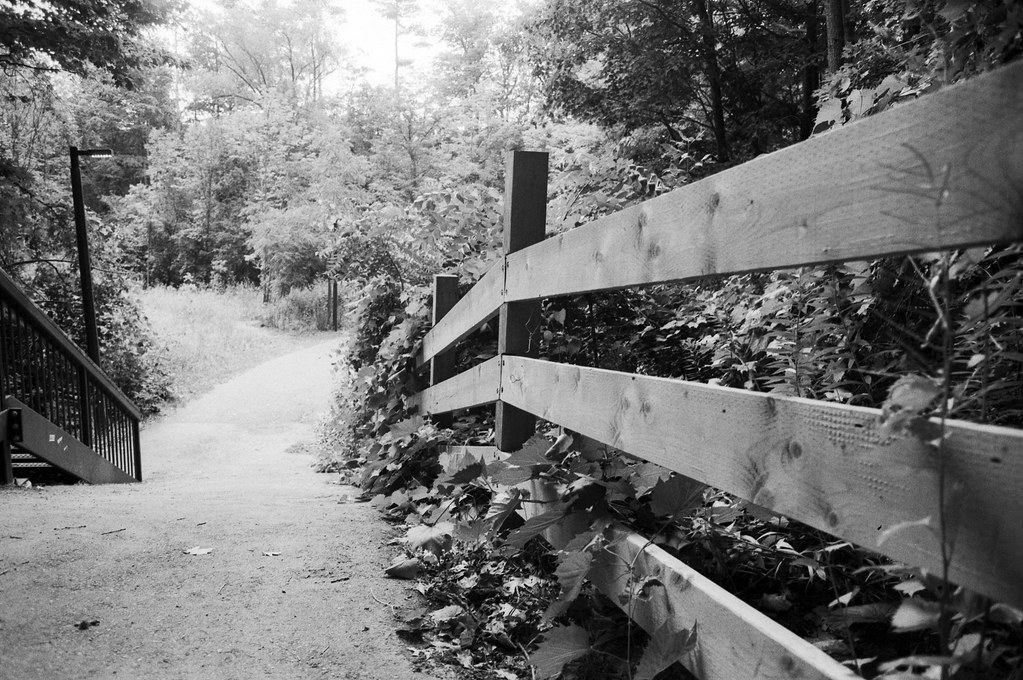
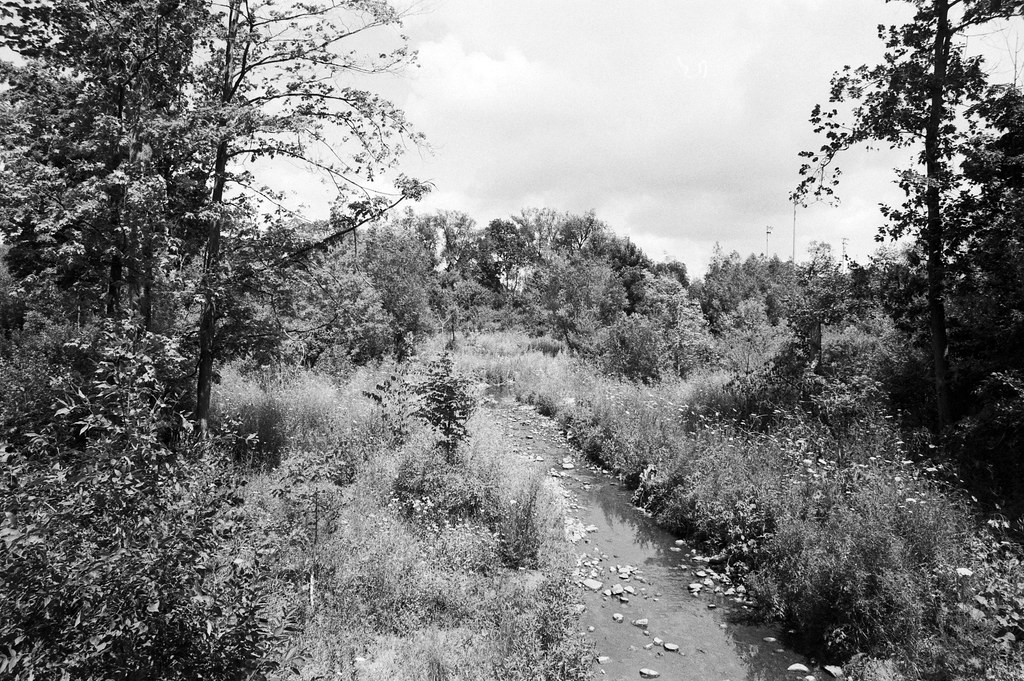

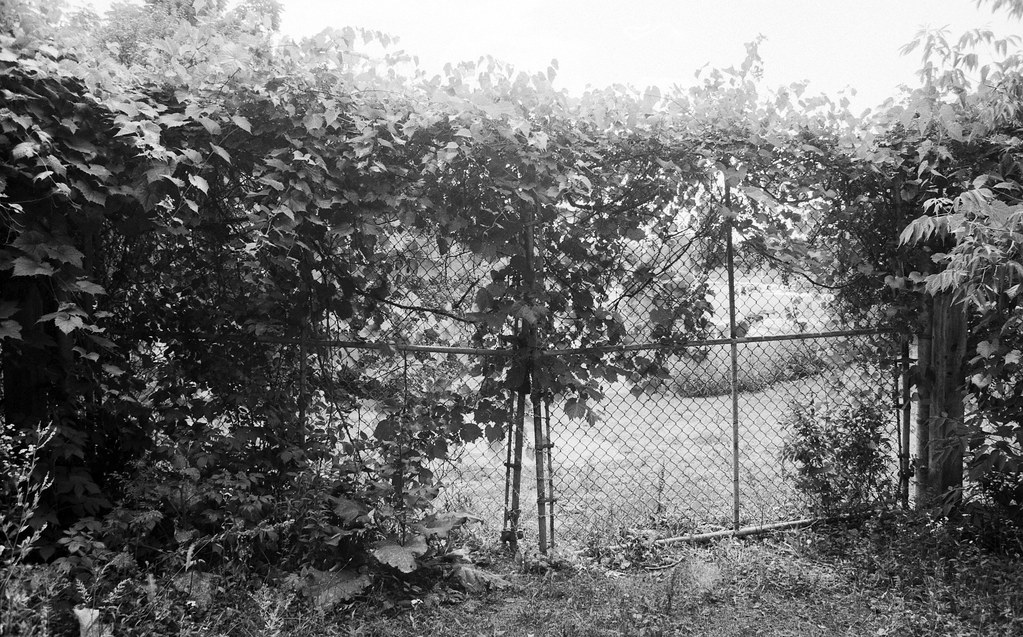
Recommended Reading
Don’t just take my word on Adox Scala Developer; check out these other blogs on the subject!
Sprocket Holes – Adox Scala 50
Ribsy – Black And White Color Reversal with the Adox Scala 50 Film
So you’ve mentioned Dr.5 process being published, but I had not seen where or when that happened. Can your provide more details?
I think they are keeping it to themselves for the time being as they have reopened for limited runs of their reversal process. Which is good, but also keeps things proprietary for now.
Do you have any suggestions for the first developer time/temp for Rollei Superpan 200 in the Scala Kit?
I’m thinking of using the same times/temp that Adox recommend for Scala 50 (i.e. 11.5mins FD at 20C), and exposing the film at the rated ISO 200.
I honestly don’t know! I probably would use the Scala 160 times and rate Superpan at 160 and see where it goes.
Thanks Alex. I’m a bit concerned at the 24deg temperature required for the Scala 160, according to everything I’ve read the emulsion is quite fragile because of the permanganate bleach and the pH changes. Once I have processed a couple of rolls I’ll try to remember to post my experiences here again (a few weeks time).
Two rolls?? No way I’m getting that kit. I’m too cheap to pay for color slide film & an E6 kit.
The kit does more than two rolls of film, one kit has enough chemistry to make up four 500mL developing cycles, that’s potentially 8 rolls of film. Still not good but better than two!